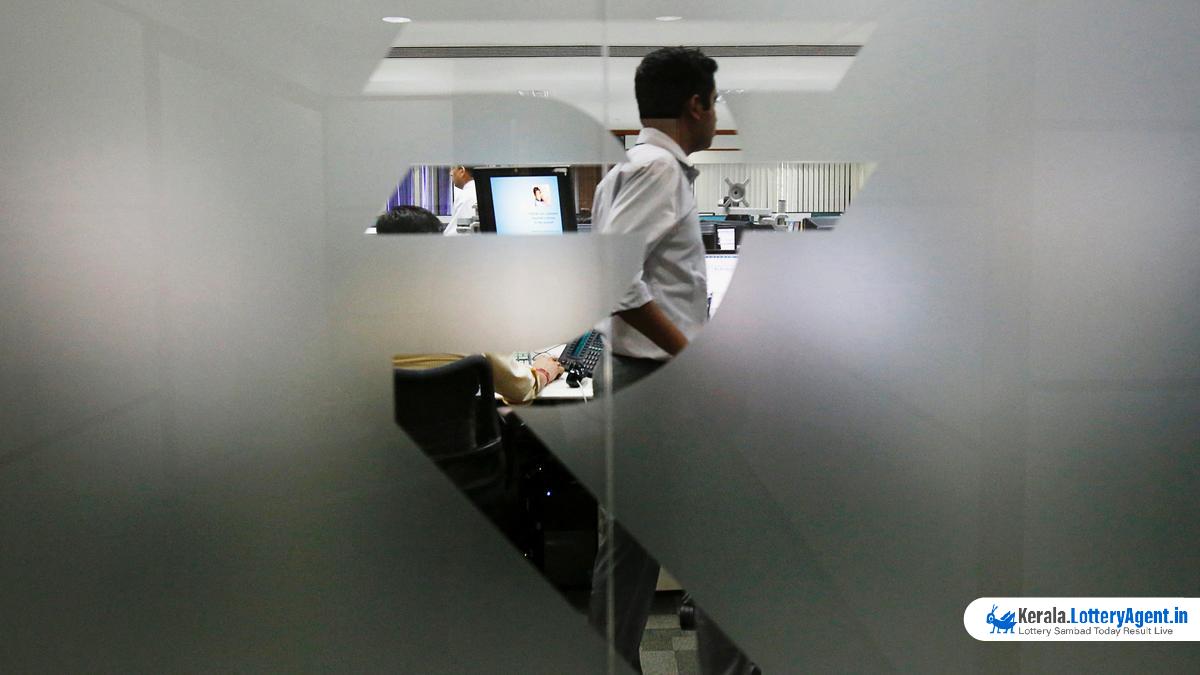
In early trading on May 6, the Indian rupee saw a modest appreciation of 3 paise, bringing the exchange rate to 83.42 against the U.S. dollar. A buoyant domestic stock market contributed to the positive sentiment around the rupee.
Despite the rupee’s gain, its upward trajectory was tempered by the strength of the American currency on the global stage and continued foreign fund outflows. Against this backdrop, currency traders around the Indian subcontinent keenly watched the interbank foreign exchange market, where the rupee commenced trade at 83.43 to the dollar before slightly ascending to 83.42, marking the modest improvement from its last close.
The previous trading session ended with the rupee marginalizing higher by a mere 1 paisa to conclude at 83.45 against the dollar. Observers cite continuous demand for the American currency by Foreign Portfolio Investors (FPIs) and oil companies as a factor in maintaining the rupee within a narrow range. The Reserve Bank of India’s (RBI) efforts to prevent the local currency from sliding beyond the 83.50 level have been noted by market analysts.
Giving his insight into the market dynamics, Anil Kumar Bhansali, the Head of Treasury and Executive Director at Finrex Treasury Advisors LLP, remarked on the challenges faced by the Indian rupee in making significant gains against the dollar. He points out that despite these challenges, the RBI’s protective measures have kept the rupee from experiencing substantial depreciation.
Corroborating these market movements, the dollar index, a measure of the U.S. dollar’s performance against a basket of six major world currencies, stood at 105.16, reflecting a slight increase of 0.13%. Bhansali further clarified that expectations surrounding the U.S. monetary policy, particularly after a tepid U.S. jobs report, led traders to believe there might be scope for the U.S. Federal Reserve to cut interest rates twice by 2024, which kept the dollar relatively steady.
In the commodity markets, Brent crude futures, considered the global oil price benchmark, inched up by 0.23%, reaching $83.15 per barrel. This pricing is critical for energy-importing countries like India, impacting the rupee due to the substantial costs of their energy imports.
Domestically, the equity market kicked off with an optimistic tone. The BSE Sensex, one of India’s key stock indices comprising 30 major stocks, experienced an increase of 434.04 points, translating to a 0.59% rise, taking it to a level of 74,312.19 in the early hours of trading. Concurrently, the broader NSE Nifty index advanced by 91.60 points or 0.41%, reaching 22,567.45 points.
On the investor front, Foreign Institutional Investors maintained their role as net sellers within the Indian capital markets on the previous trading day. As per the data from stock exchanges, these international investors offloaded equities valued at ₹2,391.98 crore.
Alarming to some market-watchers, India’s total forex reserves, as reported by the RBI, witnessed the third consecutive weekly downturn, seeing a reduction of $2.412 billion to settle at $637.922 billion as of April 26. This was not far removed from the preceding week, where the reserves took a dip of $2.28 billion to $640.33 billion.
These financial undercurrents remain a persistent focus for those invested in the Indian economic landscape, with currency values and financial markets continually influencing not only local but also global economic health and sentiments.













